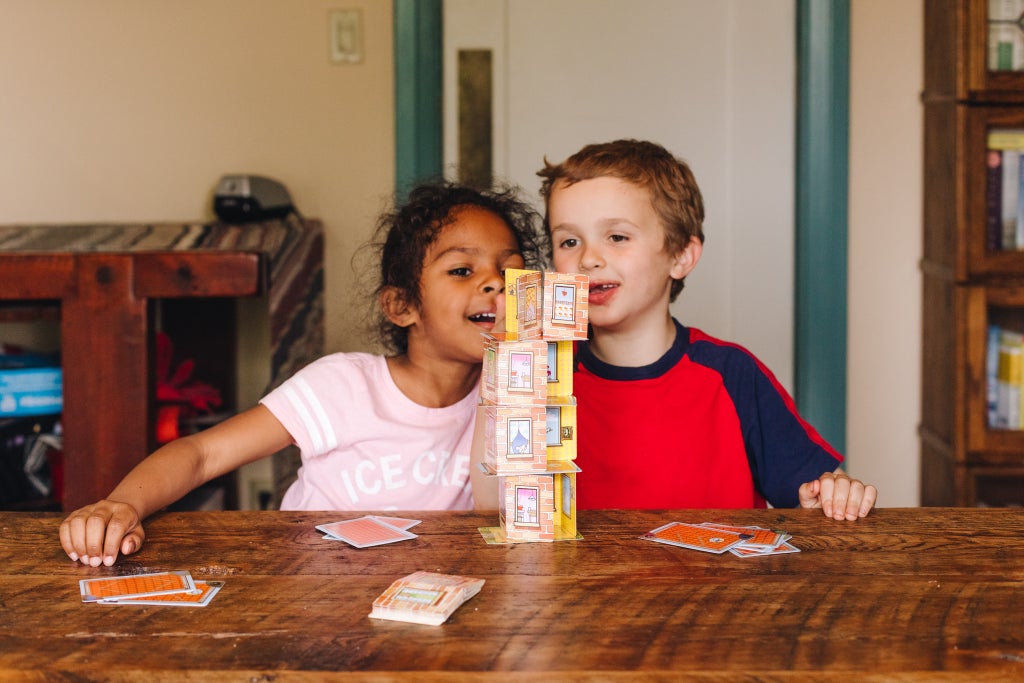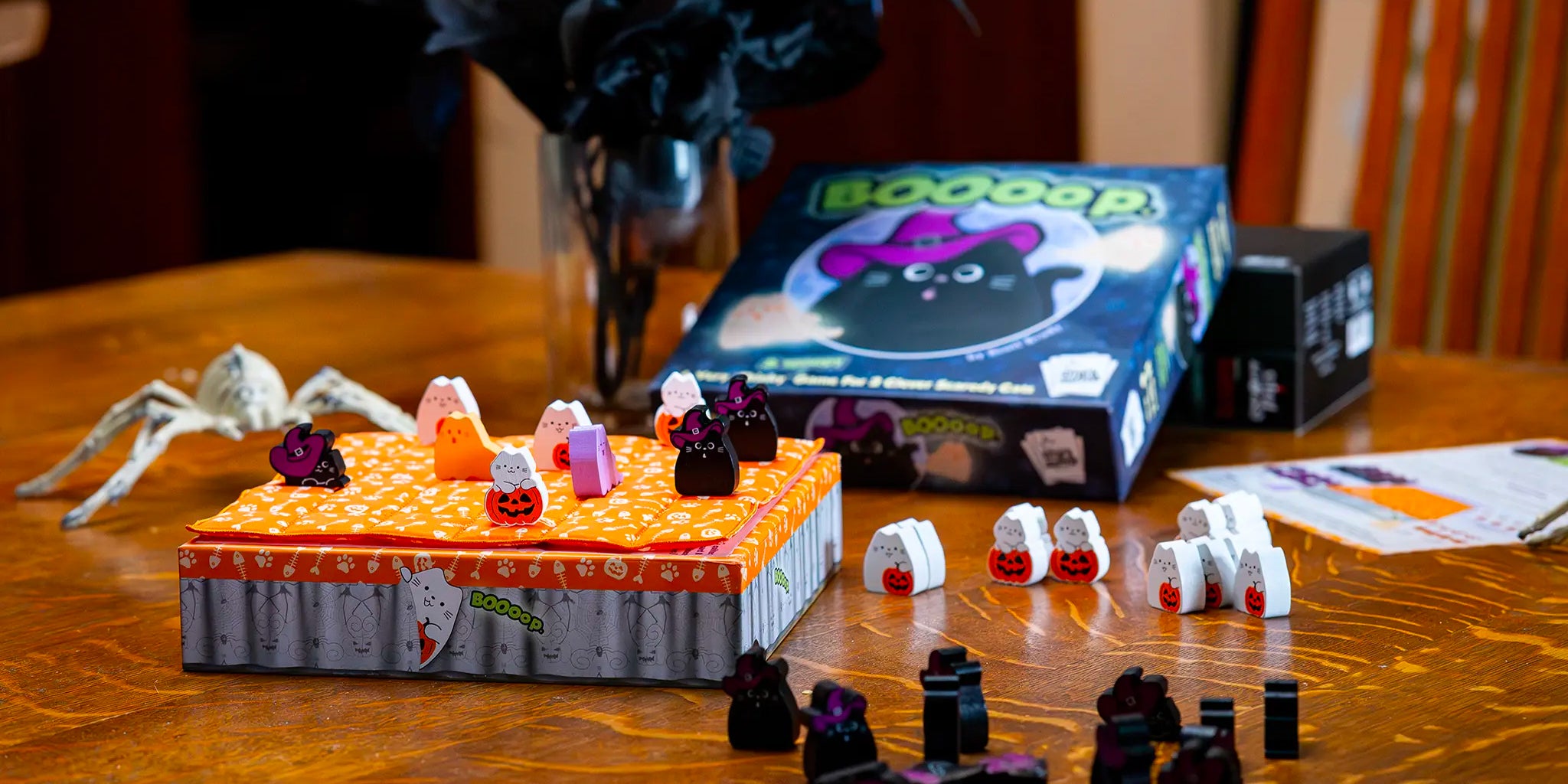Parlor game for children do not have to be monotonous, yet you need to sort via a lot of duds to locate the treasures that provide tough, interactive, and engaging enjoyable over and over. To find our preferred board games for kids and family members, we researched more than 50 video games, spoke with professionals (including a video gaming expert and a jury member for the Kinderspiel des Jahres reward), combed reviews, and played games ourselves.
While the traditional kids games will always have an area in our hearts and homes, for this overview we have actually focused on games released much more recently. We additionally really did not laid out to list all of the best children video games, since there are too many excellent ones. Instead, we’re highlighting video games that introduce youngsters (and miss) to brand-new genres, help them build abilities, and offer provocative and age-appropriate difficulties, engaging themes, and distinct designs. (You can find out more regarding our requirements in How we picked and checked.).
This overview concentrates on games for preschool- and elementary-aged children, and some that are fun for grown-ups and kids to play together. We have much more kid-appropriate board game referrals in our gift guides for kids ages 1 through 10, for teens, and for tweens. We additionally have a guide to the best newbie board games for grownups, a list of our favored innovative board games, and also a roundup of the best parlor game to play at home on Halloween (or any type of other night).
Our preferred ready young children.
These “portal games” are for kids age 2 to 5 and present the basic concepts of board games: deviating, following guidelines, sequential logic and decision-making, resolving a problem, using a video game mechanism (dice, cards), and collecting symbols or prizes.
According to Brian Mayer, a library technology and gaming specialist in New York, an obstacle with designing these type of games is that “with younger youngsters you want a much easier regulation set due to the fact that they aren’t reading the rules, they’re playing based on how they remember.” The video games we have actually highlighted below are challenging, intriguing, and variable adequate to maintain youngsters involved over numerous rounds, but because they don’t call for analysis or memorizing difficult rules, young youngsters will have the ability to play separately rather promptly.
A great first board game: First Orchard.
Exactly how you play: Children work together to collect all the fruits from the trees prior to a pesky raven reaches them. Based upon a die roll, gamers will either pick a fruit to add to the public basket, or relocate the raven one room closer to the trees.
Why it’s great: Mayer said he advises Initial Orchard for family members with young children starting with video games: “It presents turn-taking and simple but purposeful choices.” We such as that it is a non-competitive, participating game, which it functions similarly well single-player as with a team. Wirecutter editor Winnie Yang has actually played First Orchard with her toddler and noted that even the arrangement process– matching the colored fruits to the equivalent trees– belongs to the enjoyable and obstacle for young gamers. “It actually seems like every component of this game assists toddlers find out something,” she claimed.
Ages: 2 to 5.
Gamers: 1 to 5.
Size: 10 to 15 minutes.
A cooperative method video game: Max.
How you play: Kids work together to aid a bird, computer mouse, and squirrel get away the lurking developments of a hungry feline named Max. On each turn, a player rolls two dice with tinted dots. Depending upon the mix, they’ll either move one or more of the animals or move Max.
Why it’s fantastic: Mayer advises Max since it requires kids to make strategic selections and strategy in advance to assist the animals escape Max– for example, by determining which of the 3 pets to move at each turn, or, if Max gets too close, whether to provide one of 4 readily available “treats” to Max, which sends him back to the beginning setting. Max works as a single-player video game or with as much as eight gamers, making it fun for little or big groups of kids.
Ages: 4 to 7.
Gamers: 1 to 8.
Size: 15 to 20 minutes.
Testing card stacking: Rhino Hero.
Just how you play: Players take turns meticulously piling L-shaped “wall” cards and flat “roofing” cards to build a common tower. The roofing cards have signs that reveal gamers how to place the walls, and when to move the wood rhinocerous superhero to the upper tale, increasing the precarity as the card tower grows taller and taller. The video game finishes when a gamer efficiently positions all of their roofing cards, or makes the tower fall.
Why it’s terrific: Rhino Hero, that made the suggested checklist for the 2012 Kinderspiel des Jahres, is a favorite of Mayer’s and among the best-rated kids games on BoardGameGeek. It doesn’t need much approach past deft handling and a light touch, making it obtainable for kids of different ages. The double-sided roofing cards provide both easy and professional modes (with the last requiring you to put the wall cards in more-challenging, less-stable configurations), and assesses on Amazon and BoardGameGeek show that it’s enjoyable and challenging for older youngsters, too. A broadened version of this video game, Rhino Hero: Super Fight, includes 3 new superheroes and lawless spider apes, and is among the best-rated children video games on BoardGameGeek.
Ages: 5+.
Players: 2 to 5.
Size: 5 to 15 mins.
An introductory abstract card video game: Establish Junior.
Why it’s excellent: Set Junior presents essential card-game skills– consisting of strategy, remembering regulations, and swiftly recognizing patterns and mixes– that can be applied to advanced card and floor tile games, like Go Fish, Rummikub, or Poker.
Ages: 3 to 6.
Gamers: 2 to 4.
Length: 15 to 20 minutes.
A cooperative memory video game: Dinosaur Escape.
How you play: Players roll the die to disclose either a number or a volcano. The previous moves the gamer’s dinosaur in any type of direction on the board, while the last adds one piece to the five-piece volcano at the board’s center. As young dinosaur experts know, volcanoes are bad news for dinos. The item of the game is to obtain the dinosaurs to security without completing the volcano– or being run back to the beginning by a T. rex token.
Why it’s excellent: 4 years old is around the age when kids can really listen to, recognize, and comply with most straightforward game instructions, stated Keewa Nurullah, owner of the Chicago kids’s shop Kido. The game relies greatly on memory and cooperative team strategy, however its having fun time is brief sufficient to maintain kids’ attention for the duration. It helps that 4-year-olds have a tendency to like dinosaurs, as well.
Ages: 4+.
Players: 2-4.
Time: 20 mins.
Our preferred ready elementary-school youngsters.
Developed for youngsters around age 6 to 10, these games have more-complex framework and policies, build more-advanced abilities, and offer some heightened competition (though not all the games right here are competitive). These video games have interesting themes and special styles to introduce children to dexterity, resource technique, and memory exercises, offering a foundation from which kids can explore and attempt brand-new video games in those styles and beyond.
Next level tic-tac-toe, with kittens: Boop.
Just how you play: Boop is a game about kittycats and felines fighting for room on a bed. To win, players have to align three cats straight prior to their challenger does. The catch is that whenever an item is positioned, that pet cat (or kitten) “boops” any kind of surrounding pieces (even the player’s very own) one space away. Adjusting the finer regulations of when boops happen and navigating your opponents’ items without ruining your game plan makes this adorable game remarkably challenging.
Why it’s wonderful: To start with, it’s cute. That isn’t precisely a distinct residential property (especially amongst children’ video games) however what makes Boop stand out is that its cuddly visual disguises a remarkably fascinating two-player video game– one in which a lot of straightforward choices bring about complex long-lasting plays. Its core principle is one that anybody accustomed to tic-tac-toe can understand, however it provides critical deepness that the traditional game simply can’t match.
Ages: 10+.
Gamers: 2.
Time: 15 minutes.




